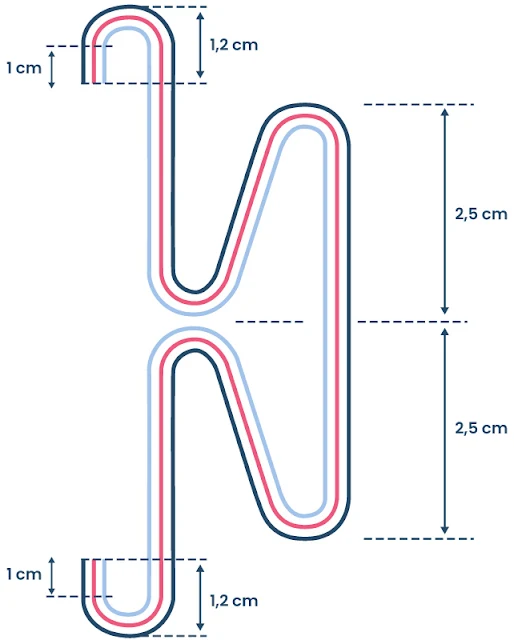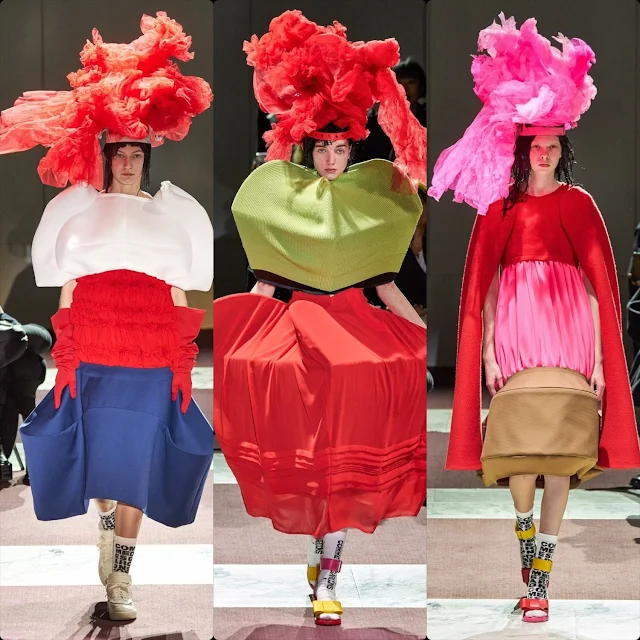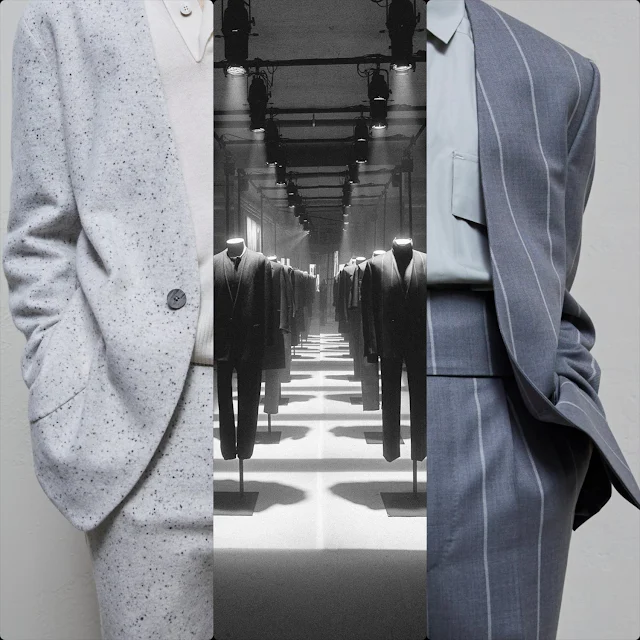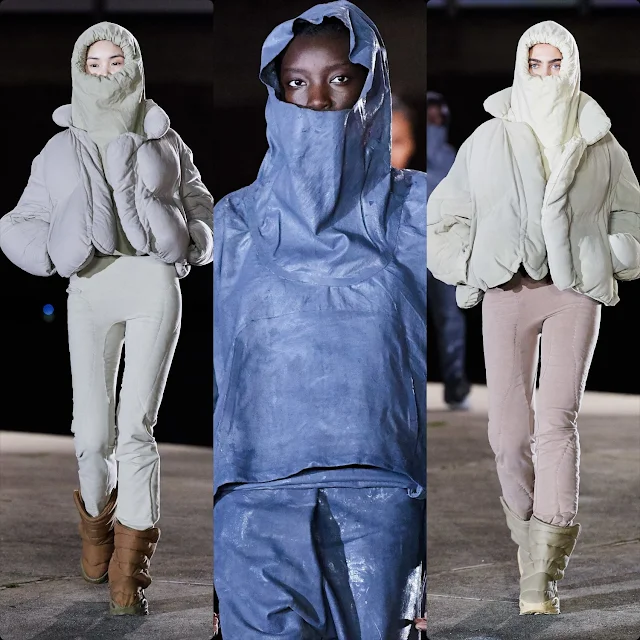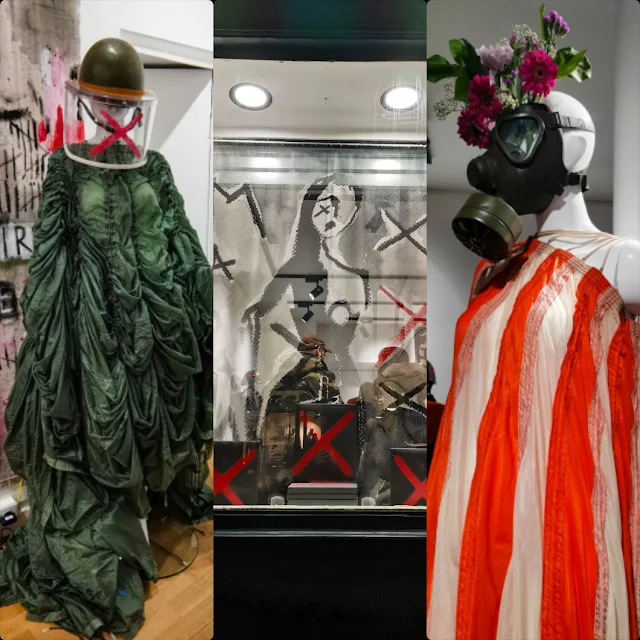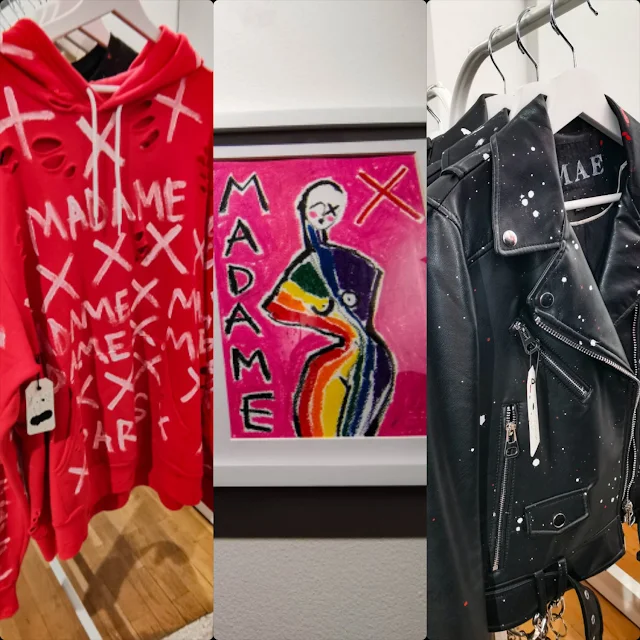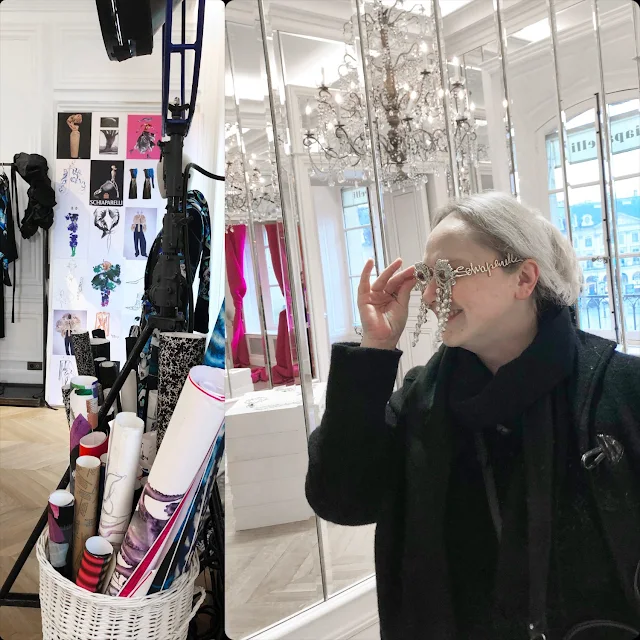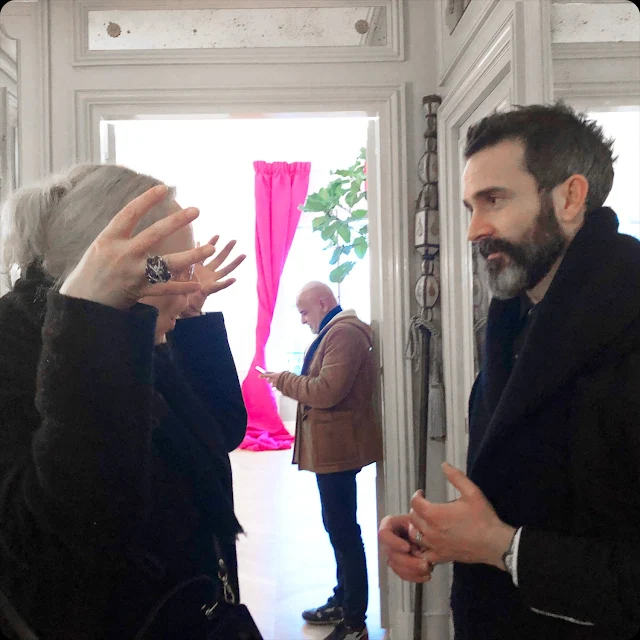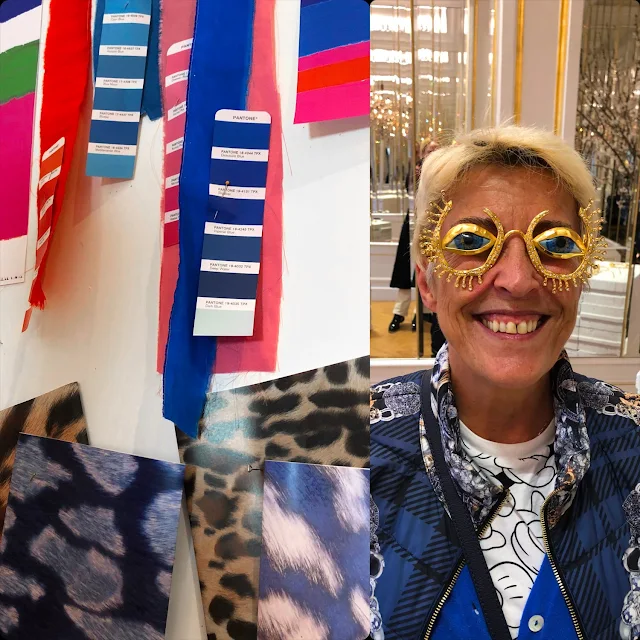 |
| Keep Mask and Carry On - How to make Protective Mask |
Are there standards for production of protective face masks?
Yes, there are standards, and it is very important to follow them. The standards are very strict, so the tiny virus can’t go trough. That is important to understand and specially when we all start to make masks ourselves. And it explains why 1 layer of cotton mask – doesn’t do anything, doesn’t serve to anything, and basically only give false feeling of protection. Let’s start with description of the materials from which surgical masks and N95 made of:
Surgical masks are made from “melt-blown, non-woven fabric”. They have a 3-layer structure comprising materials like:
Waterproof non-woven layer (front)
Microfiber melt-blown non-woven fabric as filter (middle) – VERY IMPORTANT
Ordinary non-woven fabric (back)
“Melt-blown” fabrics are not the woven or knitted structures in, like t-shirts and jeans for example, they are more like paper-mache. The complex layering and overlapping of these thin plastic filaments creates a thicket-like maze that can trap the airborne particles. The thin plastic filaments in disposable protective face masks are a polymer called polypropylene. Polypropylene has two great properties for repelling viruses: it is negatively charged, and it is water-repellent. Now, viruses need water to remain viable, and are also negatively charged. And…. negative repels negative. Negatively-charged polypropylene molecule will repel the negatively-charged virus, and because polypropylene also repels water, the virus is denied the moisture it needs to be viable. Ta-da!!!
Three separate types of polypropylene negatively-charged fabrics in the surgical face mask: a breathable type for next to mouth, a microfiber filtering type in the middle (filter), and a barrier type on the side facing the world.
 |
| 3 layers surgical face mask |
N95 medical mask is almost the same as surgical mask but has more layers and fit tightly to the face. But the layers and principals are the same. Polyester also repels water, and is also negatively charged – just not as negative as polypropylene. That is why 1 layer of cotton, which has huge holes in relation to the size of virus, is useless. This kind of mask simply let virus go trough the cotton without any problem, as there’s no mask at all.
And now for the tricky part – the fabrics. There are all kinds of different fabrics, knits, cottons, polyesters, microfibers. What to choose? There are 2 organizations I know who provided all manufacturers and fashion designers with requirements of the fabrics for the masks for hospitals and for public. In USA all standards certified by The Food and Drug Administration (FDA). In France all standards certified by Association Française de Normalisation (AFNOR). Today they have million downloads from all over Europe standards guides to manufacturers and generally to everyone. Both these associations are on the same page.
AFNOR offers fabric guide to all public, which describes the quality of many fabrics which we can find and use. Do not hesitate – USE IT, CONSIDER IT AS ULTIMATE GUIDE !!! Quality of every fabric is described according to how airborne particles (virus included) can go trough or not, what fabric can be used as a barrier or filter. Today French government engaged several textile manufactures to produce protective masks for public according to AFNOR guide.
So let’s summer up and go according to AFNOR guide. The protective mask we can produce ourselves should contain several layers. Cotton can be used for front and back. And the most important middle layer is….
Microfiber Non-Woven Fabric as filter in face mask is THE SECRET WEAPON AGAINST VIRUS.
In another words the protective mask’s secret weapon lies in the middle layer. We can find this fabric in any supermarket. These fabrics we use for the napkins, for cleaning window and glasses “non-woven cloth”. It is very important to know that most air filtration are made of non-woven microfibers. Non-woven fabric is a fabric-like material made from staple fibre (short) and long fibres (continuous long), bonded together by chemical, mechanical, heat or solvent treatment. The term is used in the textile manufacturing industry to denote fabrics, such as felt, for example, which are neither woven nor knitted.
Why we use this microfiber non-woven fabrics for cleaning? Simply because microfiber textiles designed for cleaning on a microscopic scale. Why? Because they negatively-charged, and therefore this fabric keeps all dust and microbes on them. According to tests using microfiber materials to clean a surface leads to reducing the number of bacteria by 99%, whereas a conventional cleaning material reduces this number only by 33%.
So when it comes to the protective mask it is a vital importance to use this microfiber non-woven fabric as a filter. The one we can buy on the supermarkets for cleaning is close enough to the microfiber fabric used for medical masks. Another trick worth mentioning. As I already mentioned this microfiber fabric is negatively-charged, the cotton on another hand is positively-charged, as it made with natural materials.
 |
| Understanding - 3 layers protective mask |
And guess what happens when negatively-charged and positively-charged materials are interacting with each other when they put together in the mask? They are creating a electromagnetic field, which is for certain stops virus for getting to you. The virus particles glues to the microfiber filter and stays there. This is the secret of the filter.
So to simplify the protective face mask you are going to make yourself should have 3 layers. 2 cotton layers and in the middle as filter microfiber non-woven fabric.
How to make protective face mask yourself
If you choose thin microfiber non-woven material like table napkin for example, the mask can’t be washed and can’t be reused. And another if you can’t find non-woven microfiber material buy woven microfiber material. It won’t be that effective, but it’ll still be protective, as this material will still be negatively-charged and will create electromagnetic field when interacting with cotton. Also don’t buy non-woven materials where are some products in them, or made of some glass particles like many bags for vacuum cleaners. The best choice would be fabrics for cleaning windows. Fleece (it’s also non-woven polyester) will do too BUT is much less effective, as it not that strong, so negative field won’t be that powerful, and as a result electromagnetic field will be not that strong.
Let’s say non-woven microfiber cloth as filter will give 80-90% of protection, woven microfiber cloth will give 70% of protection, fleece will give 60% of protection.
For more better performance and more sewing experience I give couple of images from AFNOR.

